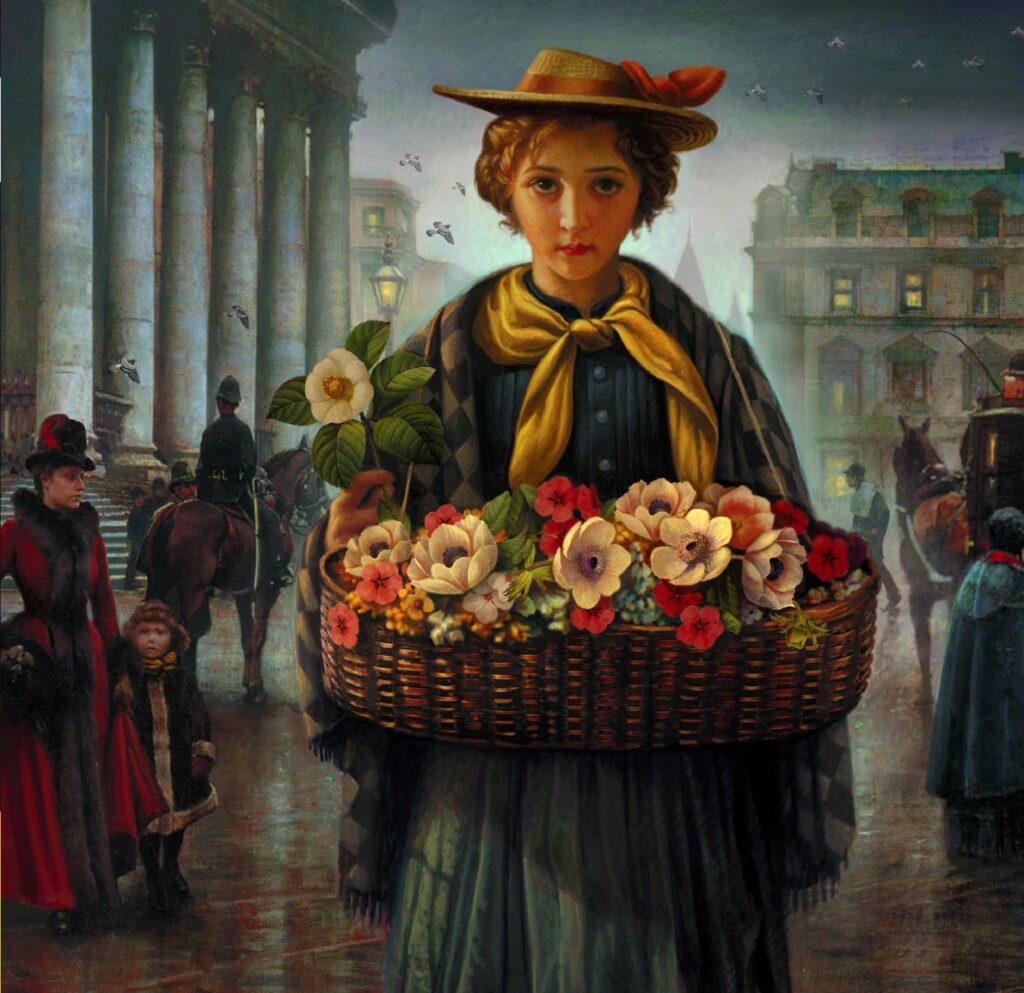The Longest Journey is, surprisingly, an unusual novel written by E.M. Forster. It is neither plot-driven, since the story is a product of some disjointed episodes, nor character-driven, since there’s no character development. At most, it is a bildungsroman of sorts, but a poor effort at that. I was perplexed at first and couldn’t fathom why Forster created such a story with its insufferable characters. Even the ones I liked were barely pleasant. We know Forster for his love of metaphor and symbols. So, I looked beyond what was said and read what wasn’t written. Ego Illuminatus!🙂 The whole story was symbolic. Forster had a unique vision for English life and was hugely critical of class inequity and hypocrisy of Victorian conventions. He wanted to show how intellectual and social progress was stifled by these rigid conventions. And this disjointed story of Rickie, Ansell, Pembrokes, Failings, and Stephen is Forster’s attempt at symbolizing his views.
Rickie Elliot, the protagonist of our story, makes an undesirable match when he marries Agnes Pembroke. The young Cambridge graduate full of unconventional views and ideals is mocked, tyrannized, and bullied by Agnes and his brother, Herbert until he submitted to the accepted conventions. Rickie feels stifled but is too weak to fight. Through this submission, however, he loses himself, his identity, and his creativity. The tragedy that follows is the culmination of this surrender. The snobbish Pembrokes are the upholders of Victorian conventions and morals. Adultery, illegitimacy – the results of human weakness and passions, are taboo for them. They judge and condemn while themselves being full of vices, and in so doing, keeps two brothers apart, denying them acknowledging and accepting one another.
Stewart Ansell is the hand of progress. He is fearless in his unconventional views, even if they work detrimental to him, and upholds them strongly without yielding to any form of social pressure. He fights on behalf of Rickie to free him from the grip of the Pembrokes and eventually succeeds. Ansell’s triumph is Forster’s way of showing that England will progress towards a more sympathetic and less hypocritical age. And when this age finally dawns, it is people like Stephen, a product of two classes, that would tear off the barriers and create true human brotherhood. A similar theme was taken up by Forster in his Howard’s End written a few years later.
The title, The Longest Journey, derives from Percy Bysshe Shelley’s poem Epipsychidion which I quote:
“I never was attached to that great sect Whose doctrine is that each one should select Out of the world a mistress or a friend, And all the rest, though fair and wise, commend To cold oblivion? though ’tis in the code Of modern morals, and the beaten road Which those poor slaves with weary footsteps tread Who travel to their home among the dead By the broad highway of the world? and so With one sad friend, and many a jealous foe, The dreariest and the longest journey go.”
Forster was critical of the cold isolation of society, of people making divisions among them based on class, religion, and morals. He saw this living in a bubble with few close friends and family as injurious to human progress, and only disaster and tragedy could come about, as was seen from Rickie’s life.
Symbology is what makes this novel fascinating. Otherwise, the episodic story with unpleasant and insufferable characters will exasperate you. The beauty of Forster’s writing is nothing new for those who’ve read him. It always adds colour and decoration to his stories. And here too, there is no exception. I indulged myself in the beauty of his words and let myself be carried by his symbolism. And so, The Longest Journey was not a dreary read to me, but an engaging and interesting one.
Rating: 4/5



